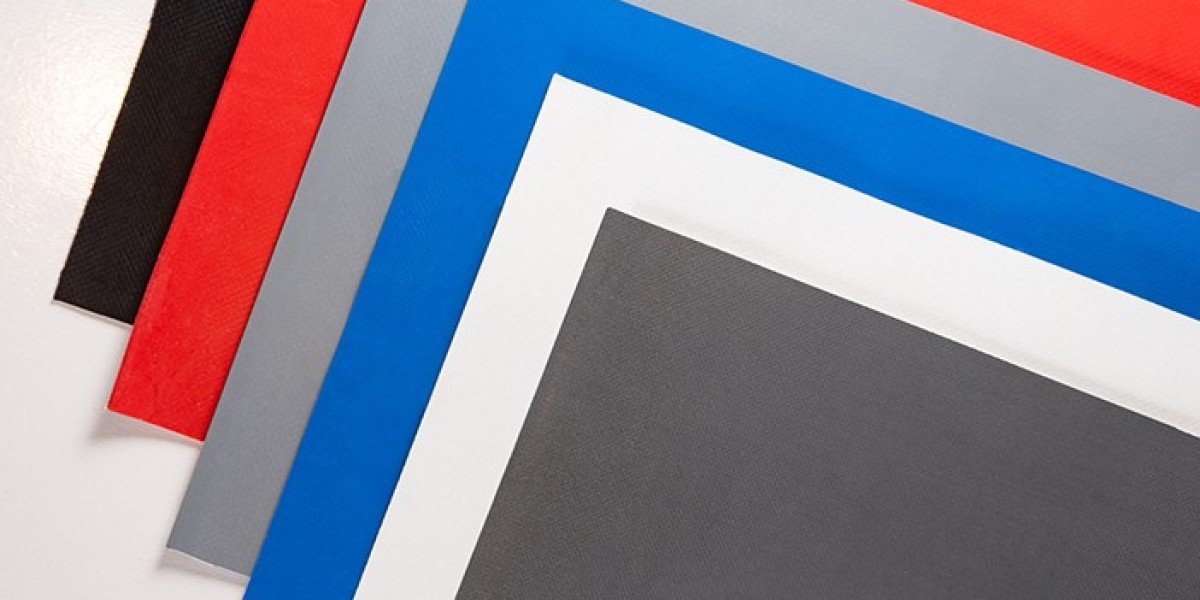The quality of an inflatable boat largely depends on one crucial component— Inflatable Boat Fabric. While hull design and air chamber structure matter, it’s the fabric that determines how the boat performs against wear, pressure, and the unpredictable elements of water-based environments. Manufacturers and designers alike focus intensely on selecting the right fabric to ensure that each inflatable boat is not only functional but also reliable and long-lasting.
Core Materials: PVC, TPU, and Hypalon
Modern inflatable boat fabrics are typically composed of a base layer of polyester or nylon, coated with either PVC (polyvinyl chloride), TPU (thermoplastic polyurethane), or Hypalon (a type of synthetic rubber). Each of these coating materials brings distinct properties to the table.
PVC-coated fabrics are widely used due to their affordability and good performance in recreational boating. They offer excellent air retention, easy weldability, and are suitable for most casual marine conditions. TPU-coated fabrics, on the other hand, are more lightweight, highly flexible, and resistant to abrasion and UV rays—making them ideal for professional or military-grade applications. Hypalon, although less common today due to environmental concerns and production complexity, still remains a premium choice for durability and chemical resistance.
The inner reinforcement layer, often a tightly woven polyester mesh, provides tear resistance and mechanical strength. This dual-layer construction enables the fabric to maintain shape and integrity even under high pressure or rough handling.
Performance Matters: Resistance, Flexibility, and Longevity
When selecting material for inflatable boats, factors like tensile strength, puncture resistance, and UV durability are critical. A well-engineered inflatable boat fabric can resist sharp rocks, saltwater corrosion, and intense sunlight exposure—ensuring that the boat stays afloat and intact even in demanding environments.
In addition to strength, the fabric’s flexibility and weldability also determine how easy it is to manufacture the boat. High-frequency welding or thermal bonding methods are commonly used to ensure airtight seams. This not only improves the boat’s lifespan but also reduces the likelihood of leaks and failures during use.
Furthermore, advancements in coating technology have introduced anti-fungal, anti-mildew, and color-retaining properties, allowing the fabric to remain fresh and visually appealing over time. These enhancements are especially important for users who frequently operate boats in tropical or marine climates.
Tailored Solutions for Specialized Needs
Not all inflatable boats serve the same purpose, and neither should their fabrics. Commercial rescue boats, recreational kayaks, and inflatable tenders all have different durability requirements. This is why reliable suppliers offer customized options based on fabric thickness, coating type, and reinforcement level. An experienced fabric provider for inflatable boats can recommend the right solution depending on usage frequency, climate exposure, and storage needs.
For dependable, performance-tested inflatable boat fabrics that meet international standards and serve diverse applications, visit shanghaimsd.com to explore a wide range of customizable solutions designed for lasting performance on the water.






